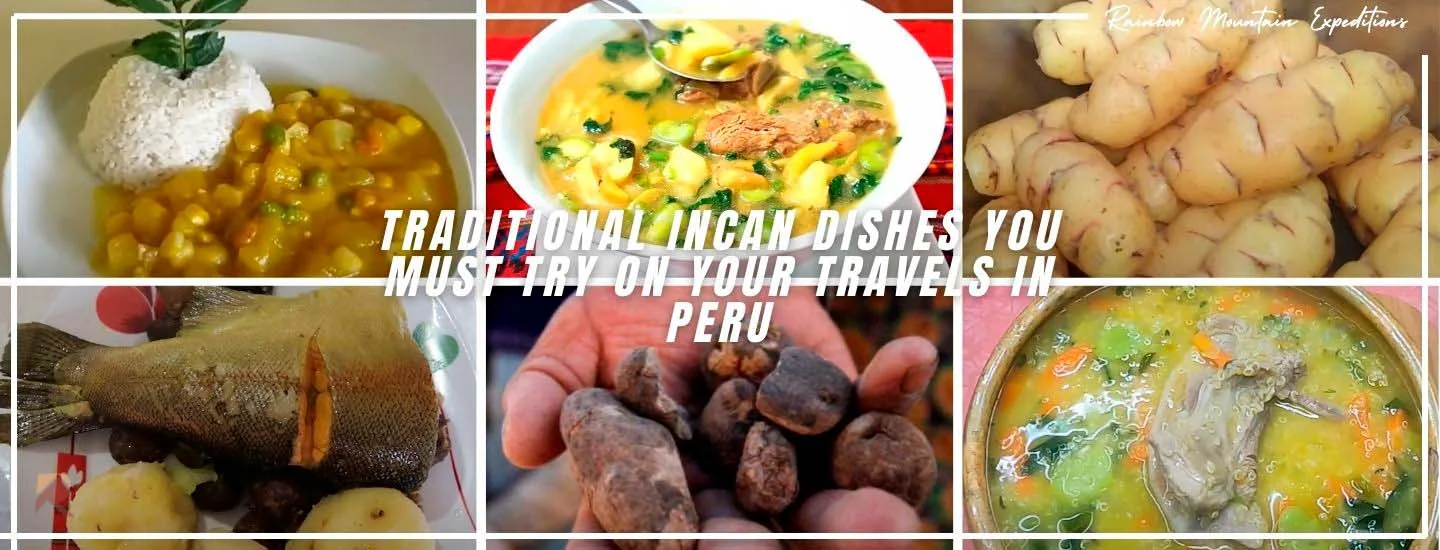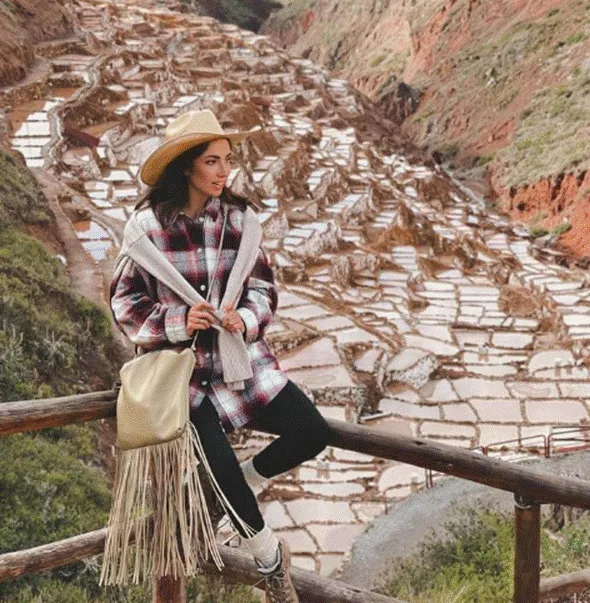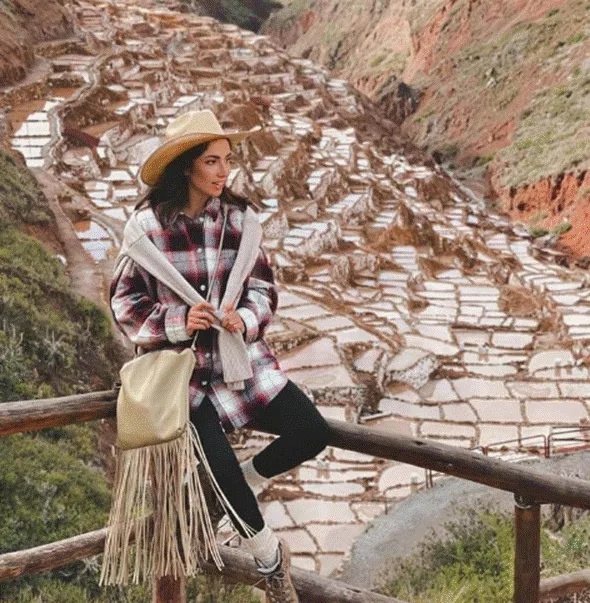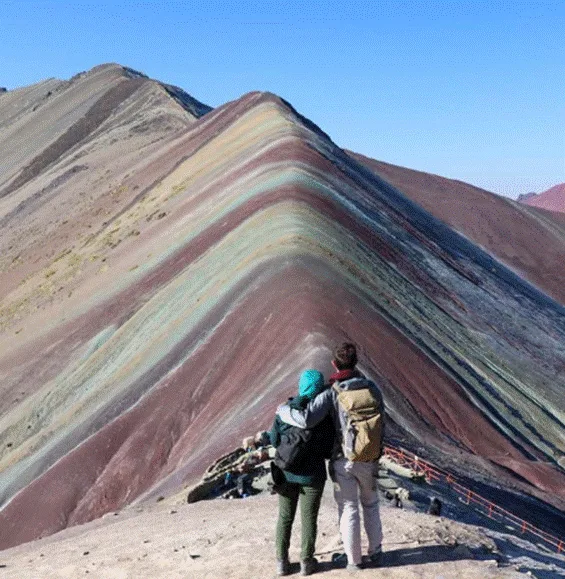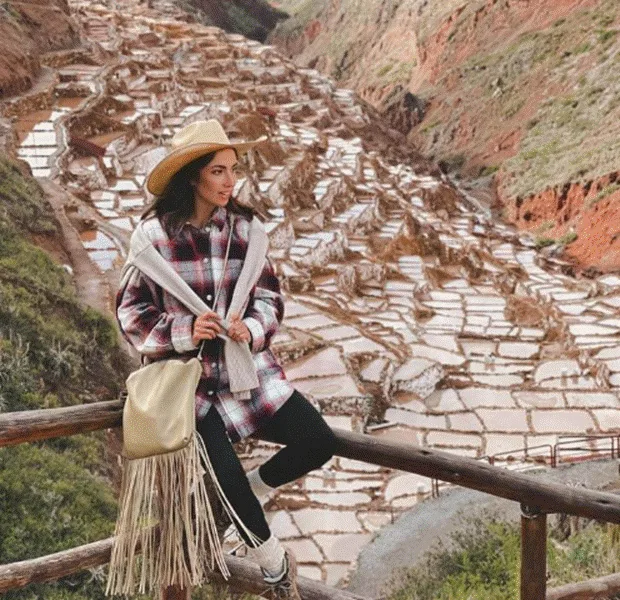4 Traditional Incan Dishes You Must Try On Your Travels In Peru
Incan cuisine is a reflection of their deep connection with the land, based on ingredients cultivated in the Andes and ancestral preparation techniques. Although the Incas did not use spices like salt or have access to modern ovens, they developed unique cooking and preservation methods that are still used in Peruvian gastronomy today. Here are some traditional Inca dishes you must try on your trip, categorized by their main ingredients and preparation methods.
Traditional Inca dishes 1: Tubers
The Incas domesticated more than 3,000 varieties of potatoes and other tubers, allowing them to survive in different climates and altitudes.
| Chuño: One of the Incas’ greatest legacies in food preservation. This freeze-dried potato is made by exposing potatoes to the cold night air and intense sunlight during the day. After being stomped to remove moisture, they can last for years without spoiling. It was commonly used to prepare chuño soup, often served with a piece of meat. It was also a convenient snack for long journeys. | 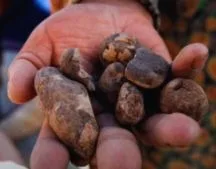 |
| Locro: A thick stew made from potatoes, squash, and corn, slowly cooked with Andean herbs. Although cheese is often added today, in Incan times, it was enjoyed with wild herbs and occasionally dried meat. | 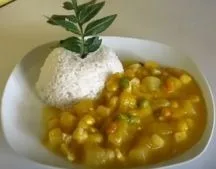 |
| Olluco with dried meat: Olluco is a tuber similar in texture to potatoes and was often combined with charqui (dried llama or alpaca meat) to create a nutritious stew. | 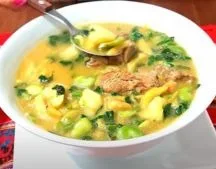 |
| Oca: Naturally sweetened by sun exposure, oca could be eaten fresh or cooked in soups and stews. Like chuño, it was a popular snack for long journeys, often combined with other Andean staples like corn and potatoes. | 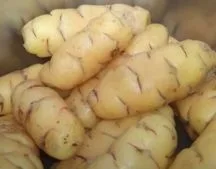 |
Traditional Inca dishes 2: Grains and Cereals
Andean grains were the Incas’ primary energy source and played a crucial role in their diet.
| Quinoa: Known as the “golden grain of the Andes,” quinoa was boiled into a porridge for breakfast or combined with other ingredients in soups like pesque de quinoa or quinoa soup, which remains a staple today. | 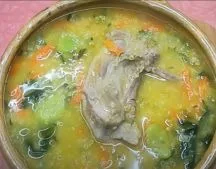 |
| Kiwicha: Similar to quinoa but with smaller grains, kiwicha was used to make chicha (fermented drinks) and mazamorras (thick puddings). Unlike quinoa, which has a slightly bitter taste, kiwicha is naturally sweet. | 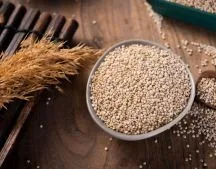 |
| Corn: Cultivated in many varieties, corn was roasted to make cancha (a crunchy snack) or fermented to produce chicha de jora, the sacred drink of the Incas. It was also used to make humintas, a type of tamale wrapped in corn husks. | 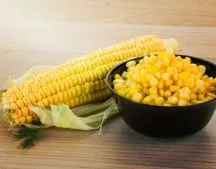 |
Traditional Inca dishes 3: Meats and Proteins
Unlike Europeans, the Incas did not domesticate many animals, but they raised native Andean species for sustenance.
| Llama and alpaca: Their meat was salted and dried to make charqui, which could be preserved for months. This technique allowed for easy transport during long journeys and was used in hearty stews like chairo (a soup with meat and tubers). |  |
| Fish and seafood: In coastal regions, the Incas consumed fresh and dried fish, often in soups like timpu, a fish broth with Andean herbs. | 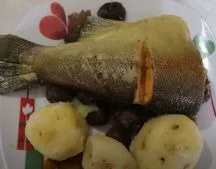 |
4. Herbs and Medicinal Plants
Herbs were not only used in cooking but also for their medicinal properties, often prepared in infusions.
- Coca leaf: Chewed to combat altitude sickness or brewed as an infusion to relieve fatigue. It was considered sacred and used in rituals.
- Muña and huacatay: Aromatic herbs used to enhance stews and broths. Muña was also a widely consumed digestive tea.
- Dandelion: Known today as diente de león, this plant was called by a different name in Incan times. It was primarily used to relieve muscle pain and was occasionally added to salads.
- Hierba Luisa: Known for its delightful citrus aroma, this herb was commonly brewed to ease digestion and reduce stress. Today, you can enjoy it as an infusion during trekking adventures.
- Chamomile: Although mostly used as an infusion, the Incas also incorporated it into soups and medicinal preparations to treat stomach pains and infections.
5 Incan Cooking Techniques
The Incas had no metal pots, modern ovens, or electric appliances, but they developed remarkable cooking methods that are still in use today:
- Pachamanca: A traditional underground oven where meats, tubers, and herbs are cooked using hot stones buried in the earth.
- Sun drying: Used to preserve food such as chuño, charqui, and oca, allowing for long-term storage.
- Slow cooking in soups and stews: Most Incan dishes were prepared as thick stews or broths, making digestion easier in cold climates.
- Fermentation: Used to make beverages like chicha de jora and to preserve certain foods.
Conclusión
Incan cuisine is a testament to ingenuity and adaptation to a challenging environment. Their traditional dishes have stood the test of time and remain a core part of Peruvian gastronomy today. On your next trip to Peru, don’t miss the chance to experience these authentic flavors. Every bite is a journey through the history of the Incan Empire!
You might be interested in the following articles:

